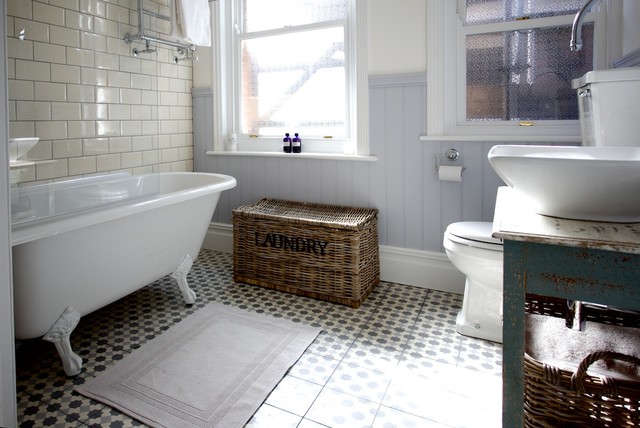Home renovations should be an enjoyable, rewarding experience but anyone who’s been through it knows that it rarely comes without at least a little stress. You might have the design all sorted but the project management is a whole other ball game. Many people choose to manage their project themselves to save money but this can cost more overall if there are too many setbacks, not to mention the time spent on organising everything and potential headaches when things aren’t going to plan. Here are some key points to follow to help you run your project like a pro!
Plan plan plan
I cannot stress this enough! Once you know what you want it can be tempting to want to jump straight in and start knocking those walls down and stripping that hideous wallpaper but don’t rush into it. If you plan your project in as much detail as possible, this will give you a more accurate quote and minimise unexpected issues.
It also means you can take your time over the various big and small decisions along the way before the project begins which prevents hold ups and having to make choices under pressure. Where do you want your sockets? What style of skirting boards do you want? What tiles do you want? You’ll be bombarded with countless questions that will require an immediate answer or risk holding up the work. If you have already planned it all, you can provide answers quickly and stress-free because you already took the time to deliberate over it before the project started. Smarty-pants.
Write everything down
Once you have all the details, put it all in a specification document making sure to include every last detail. You can use this to request quotes ensuring a fair comparison and an accurate price. Builders and contractors don’t like surprises any more than you do so the more information you provide the easier it is for them to price for the work. Also if there are any questions over what is and isn’t included in the quote, you have it all in black and white. Everybody wins!
It’s time consuming and boring and will feel ridiculously tedious when you’re doing it but you’ll thank me midway through the project when you feel like your head is going to explode and you’re asked how many light switches you want. Check your specification, whip out your lighting plan and go reward yourself with some cake.
Forward thinking
One of the main reasons for a project overrunning is all the little delays waiting for something to happen – decisions to make, deliveries to arrive, applications to be approved. One day here, two days there, it all adds up and sometimes costs you money.
Make lists and try to keep ahead of the game. Do what you can ahead of time and get materials chosen and delivered before they are needed so they are ready to go when they are required. Minimising interruptions will help the work to continue quickly and smoothly.
Assume the worst, expect the best
Call it negative thinking but if you’re going to avoid hold ups and problems, you need to think of everything that can possibly go wrong and do what you can to prevent it. Say your light fittings are due for delivery next week. Don’t just assume they’ll arrive when they say they’re going to arrive. Check and double check the delivery date, call the day before to make sure the order has been dispatched and ask for a call from the delivery driver when they’re on the way so you can check the items are correct when they arrive. It seems like overkill and you’ll appear to be some sort of crazy person but it’ll be worth it.
Equally, you shouldn’t settle for anything other than the best. If there has been a mistake it can be tempting to go along with it rather than risk a setback to the schedule. I know this seems contradictory to everything else I’ve been saying and yes, you have to be flexible, but don’t make any compromises that you don’t want to. Sometimes a change of plan is unavoidable due to unforeseen issues but if it’s just an error that can be fixed then take the time to have it fixed so you get what you want. And remember, if the mistake is not your fault and costs are incurred, you shouldn’t have to pay to fix it.
Keep an eye on things
With the project underway and your comprehensive specification and plans in the hands of your builders, you might think it’s all under control. Think again! Pop in regularly, check everything, ask questions. Yes you’ll make a nuisance of yourself but with even the best builders there can be misunderstandings and if something has been overlooked or mistaken it’s best to catch it early.
So those are my top tips for managing your interiors project. Sorry if this post was a bit boring but hopefully someone will find it helpful! Putting in this leg work will help to minimise the stress and hopefully save you time and money. If you don’t have the time or inclination to do this then there are professionals out there who are happy to help…oh wait, that’s me! Ok fine, shameless plug. What I’m saying is that project management is not easy, otherwise everyone would do it and I wouldn’t have a job. Whether you do it yourself or get someone to help you, doing it properly will mean you can make you design ideas a reality and the results will be exactly as you wanted them.
Good luck!
J x







